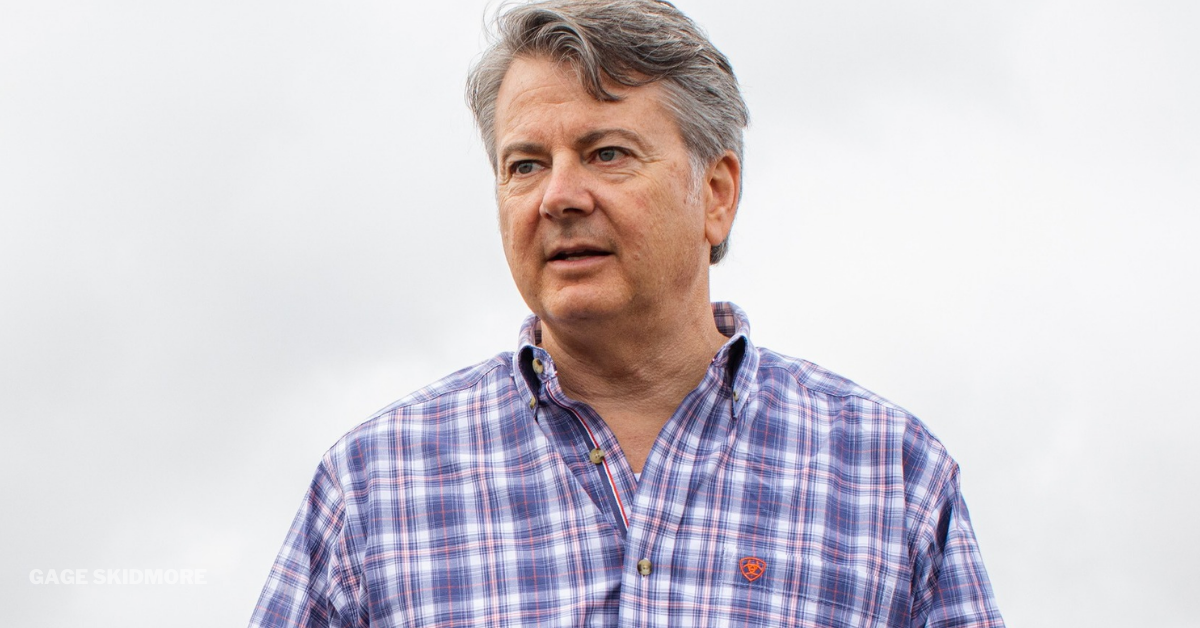The Council Chamber was packed, but only nine people spoke at the public microphone. Well-known local businessman Jerry Cook and Larry Willey of the Fresno Chamber of Commerce were among those to voice support for the deal.
Local attorney Hanno Powell said he worried about paying for the construction bonds.
I was there, as were a handful of Bee reporters/columnists. Two things stick in my mind.
There was the long discussion between Bredefeld and Fitzpatrick over a formula to pay for the construction bonds.
The actual issuance of the bonds wouldn’t come until early 2001, when City Hall would have a whole new cast of leaders. But city leaders at the hearing knew that the annual bill for the construction bonds would be a bit more than $3.5 million.
All in the Council Chamber knew that, in light of the long political bloodletting during the prior decade, the hit to the general fund had to be kept to a minimum. It was this issue that got Patterson’s blood boiling.
So, the Bredefeld-Fitzpatrick-Carbray team had come up with a payment formula:
- $1.5 million in rent from the Grizzlies.
- $200,000 from the RDA.
- $425,000 profit from city-sponsored concerts at the stadium.
- $100,000 from additional room/sales taxes generated by stadium events.
- $625,000 from parking ($5 per vehicle) at stadium events.
- $690,335 from the general fund.
Stadium supporters were relieved to be told that only 19.5% of the bonds’ annual debt service was to come from the general fund.
The second thing to stick in my mind from that hearing was an exchange between Mathys and interim controller Randy Carlton.
That $1.5 million annual rent gnawed at nearly everyone’s peace of mind. ONE MILLION FIVE HUNDRED THOUSAND DOLLARS – EVERY YEAR – FOR THIRTY YEARS – IN DOWNTOWN FRESNO!
The Bee’s Bill McEwen had already reported that no other minor league baseball team in American paid that kind of rent. How was the Fresno Diamond Group to pull it off?
Carbray had repeatedly said it would be no problem. The stadium was billed as a multi-purpose venue. The place would be hopping nearly 24/7, generating wealth for the Fresno Diamond Group, taxes for the city and happiness for Fresnans.
Dogging all this optimism was Patterson. He wanted to know all about the Fresno Diamond Group’s finances. He wanted the company and its owners to make their financial records public. The other side refused.
Mathys during the hearing knew he had a losing hand. But, sensing the future, he made one last martyred stand. He had Carlton come to the public microphone. Carlton explained that the Fresno Diamond Group had allowed him to review, in secret, selected financial documents. Carlton said it appeared from this limited review that the Fresno Diamond Group was financially stable.
Carlton spoke in vague terms. He had promised not to reveal details.
Mathys thanked Carlton. He wasn’t after Carlton’s opinion. Mathys wanted to emphasize that public transparency of this historic deal was a joke.
The vote was 5-2. Bredefeld, Perea, Quintero, Ronquillo and Boyajian yes. Mathys and Steitz no.
The audience cheered. The course of Fresno’s history had made a sharp turn in a mere two hours.
Patterson soon vetoed the council’s actions. The council on the same 5-2 vote overrode the veto.
The year was winding down. But Mathys wasn’t done.
On Dec. 19, 2000, at his last full council meeting, Mathys made a motion. He asked that the city manager be directed to require Fresno Diamond Group shareholders who owned at least 10% of the business to provide the city with their 1997, 1998 and 1999 tax returns, their current credit report and their current financial statements.
Yes: Mathys, Steitz.
No: Boyajian, Bredefeld, Perea, Quintero, Ronquillo.
These events in broad outline remain vivid to many Fresnans who will vote in the June 7, 2016 primary.
But probably less vivid in Fresno’s collective memory is what happened on Jan. 2, 2001. In a sense, it’s this day that figures to pose the biggest challenge to today’s Fresnans trying to interpret the significance of the Great Stadium Vote.
For it was on Jan. 2, 2001 that four new elected officials were sworn in at City Hall.
Both Alan Autry and Dan Whitehurst had been strong stadium supporters throughout the fall 2000 mayoral campaign. Both had championed downtown revitalization and inner-city rebirth.
The fact that they had made it to the runoff was a sign that a substantial majority of Fresno embraced the Autry-Whitehurst view of the stadium.
Autry won, getting 61.2% of the vote compared to Whitehurst’s 38.6%. That’s a landslide.
Brian Calhoun succeeded Mathys in District 2. Brad Castillo succeeded Steitz in District 4. Jerry Duncan succeeded Bredefeld in District 6. None of the incumbents had run for reelection.
An era of good feelings seemed to be coming to City Hall.
Said the Jan. 2, 2001 minutes: “Councilmembers Ronquillo and Quintero commended outgoing Councilmembers Bredefeld, Mathys and Steitz, Mr. Reid (Jeff Reid, who had resigned as city manager in mid-2000) and Mayor Patterson, and stated this past Council had been the best they had worked with.”
Perea was elected council president. Duncan was elected RDA chairman. Despite all the ceremonies and speeches, the meeting lasted less than two hours.
But a certain tone was set. This council and administration would waste no time. Fresno must build the stadium, then take full advantage of the momentum it generates.
That meant political action on a grand scale.
Let’s take a brief look, via meeting minutes, at what this new council and this new mayor did in the first six months of 2001. Their actions reverberate throughout the political issues of 2016.
The first full council meeting was on Tuesday, Jan. 9, 2001. (It wasn’t until much later that meetings were moved to Thursday.)
Right out the chute, Council President Perea had the council appoint an ad hoc committee (himself, Ronquillo, Boyajian) to keep an eye on the city budget.
The council, at Castillo’s urging, told interim City Manager Andy Souza to explore a possible joint venture with a local company to build a retail/family sports complex near the corner of Cedar and Dakota avenues (site of the current Granite Park project).
Autry got the council to approve his reorganization of the mayor’s office/city manager’s office. Fresno for the first time would have a deputy mayor. There also would be two liaisons to work with Fresno Unified School District (Autry on the campaign trail had vowed to use his mayoral power to reform the district).
Two weeks later – Jan. 23, 2001 – the council (at Perea’s request) got involved in education reform by creating an ad hoc education committee (Duncan, Calhoun, Boyajian).
Perea, according to the minutes, said “his vision of the committee would be an enhancement to what the Mayor is doing, focusing on education reform, and wanted to open more dialog with various school districts. Councilmember Boyajian stated an important issue with Fresno Unified School District was lack of green space in the inner city.”
Justice James Ardaiz told the council that the 5th District Court of Appeal had outgrown its home on O Street, a block east of the New Exhibit Hall. State money to build a new home was in hand. Where to build? Ardaiz said Eaton Plaza (next to the historic Water Tower) looked good. Calhoun wondered if the proposed Old Armenian Town project in the southeastern corner of Downtown might be a better spot. Everyone agreed to study the matter.
From there, this council and this administration only picked up steam.










